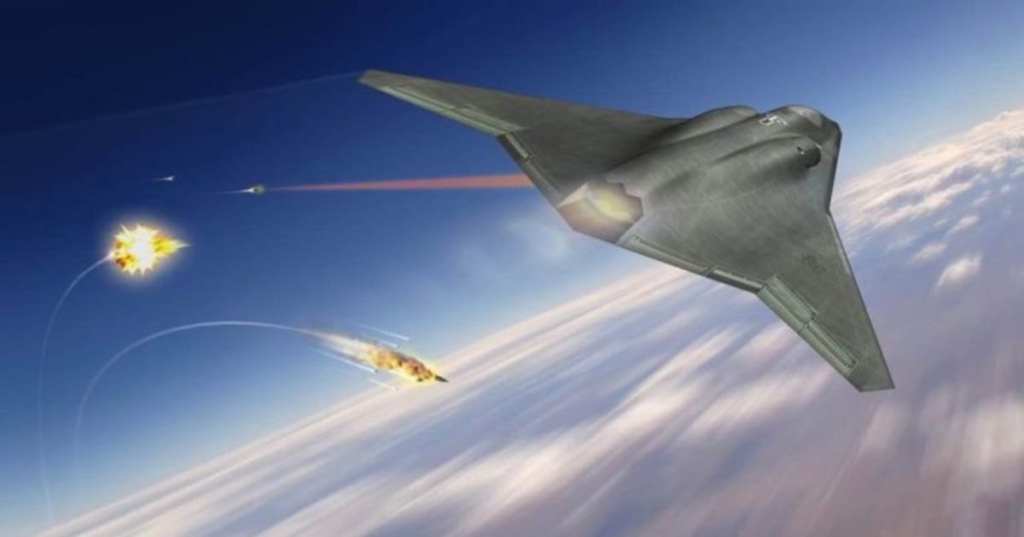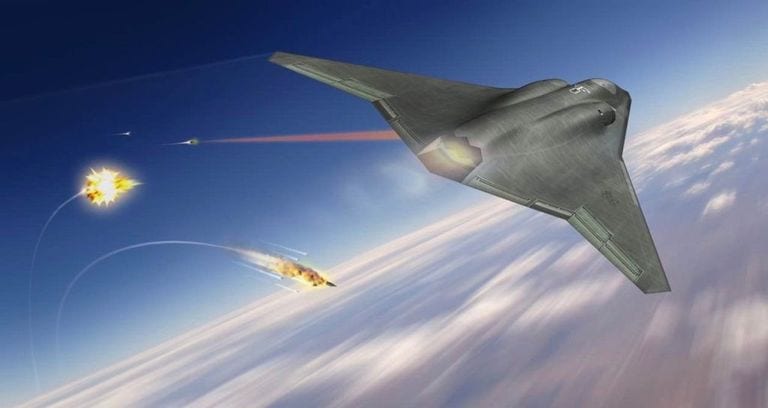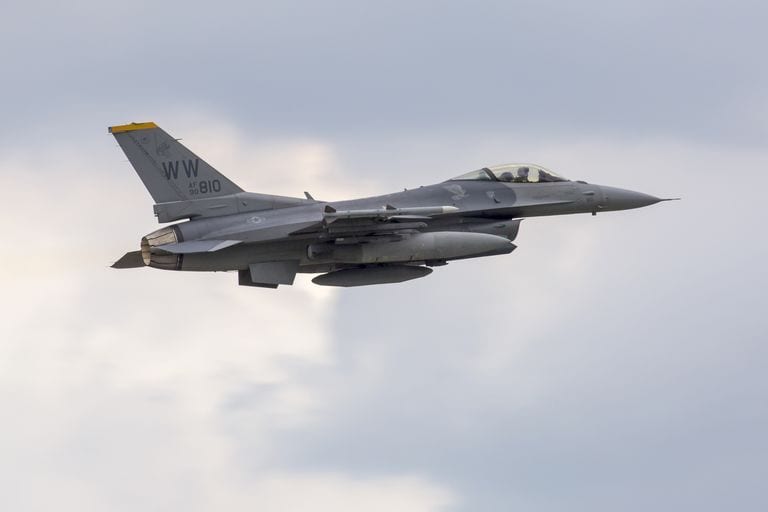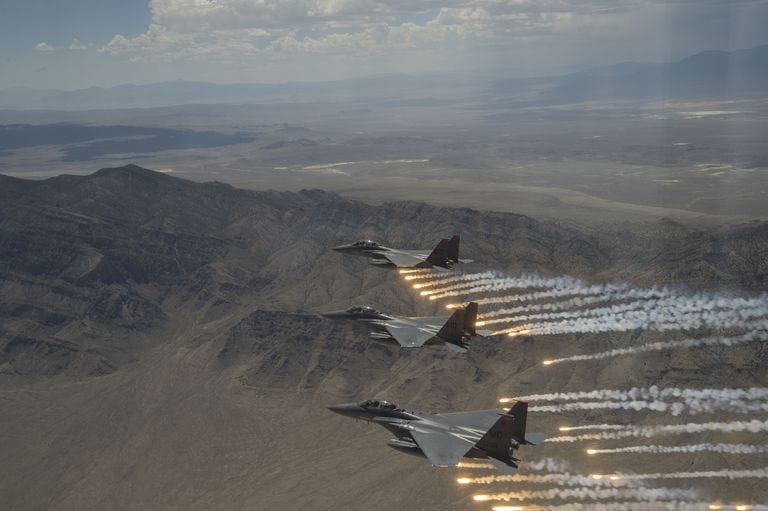Yes, you read that right, my friends – laser death rays are a really real thing that the actual military is going to be utilizing in the near future.
I mean, I realize that most of this timeline is a horror show and The Jetsons’ promised us flying cars and our hoverboards are a horrible imitation, but I mean…death rays are pretty cool, right?
The Air Force is working on a laser weapon, known as SHiELD. It’s a pod-mounted laser that’s meant to protect fighters from incoming missiles, and will be used initially to protect older fighters with less effective stealth technology.
SHiELD stands for Self-Protect High Energy Laser Demonstrator. Lockheed’s plan is to mount the laser on the fuselage or wing of a fighter jet, and will eventually be used in conjunction with a second weapon – the Tactical Airborne Laser Weapon System – to shoot down air-to-air and surface-to-air missiles.
At the moment, pilots only have access to passive defenses against incoming missiles, like evasive action or managing to fly outside an incoming missile’s sensor arc, maybe launching flares or other measures meant to confuse tech.
This new laser would be the first active anti-missile defense in history – and yeah, go ahead and imagine something straight out of Star Wars.
The systems will take up space on fighter jets that is typically reserved for bombs and missiles of their own, which means they won’t be added to stealthy aircraft.
Instead, SHiELD and TALWS will go on fighter jets like the F-15E, F-15C, and the new F-15EX, because they have room for more than one bomb the way it is.
And get this: the laser could very conceivably be controlled by something that looks a lot like R2D2.
Even so, there are a few downsides to using lasers. Water moisture and smoke particles in the air can dilute a laser’s strength, and they can’t travel all that far without the beam weakening.
They’ll also have to be able to focus on the missile for long enough to heat it to the point of dissolving, which could prove tricky in an actual combat scenario.
Even if there are problems that still need to be untangled, there’s no doubt that laser weapons are the future, and will likely go on almost all warplanes in the future.
All that’s left is to make it more practical, more affordable, and then the future is here, my friends.
And I say we could all use a win.










